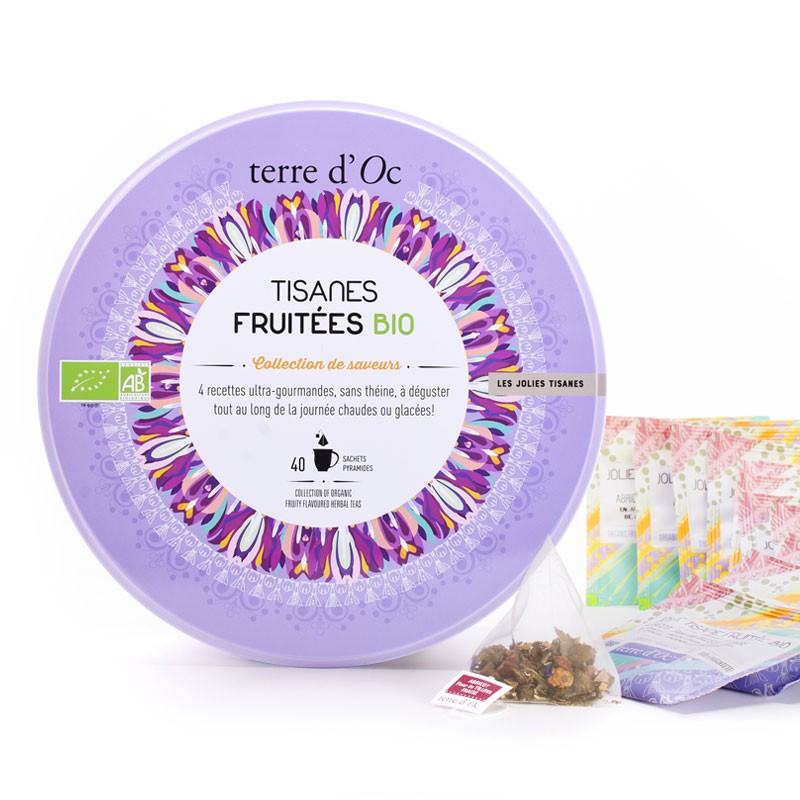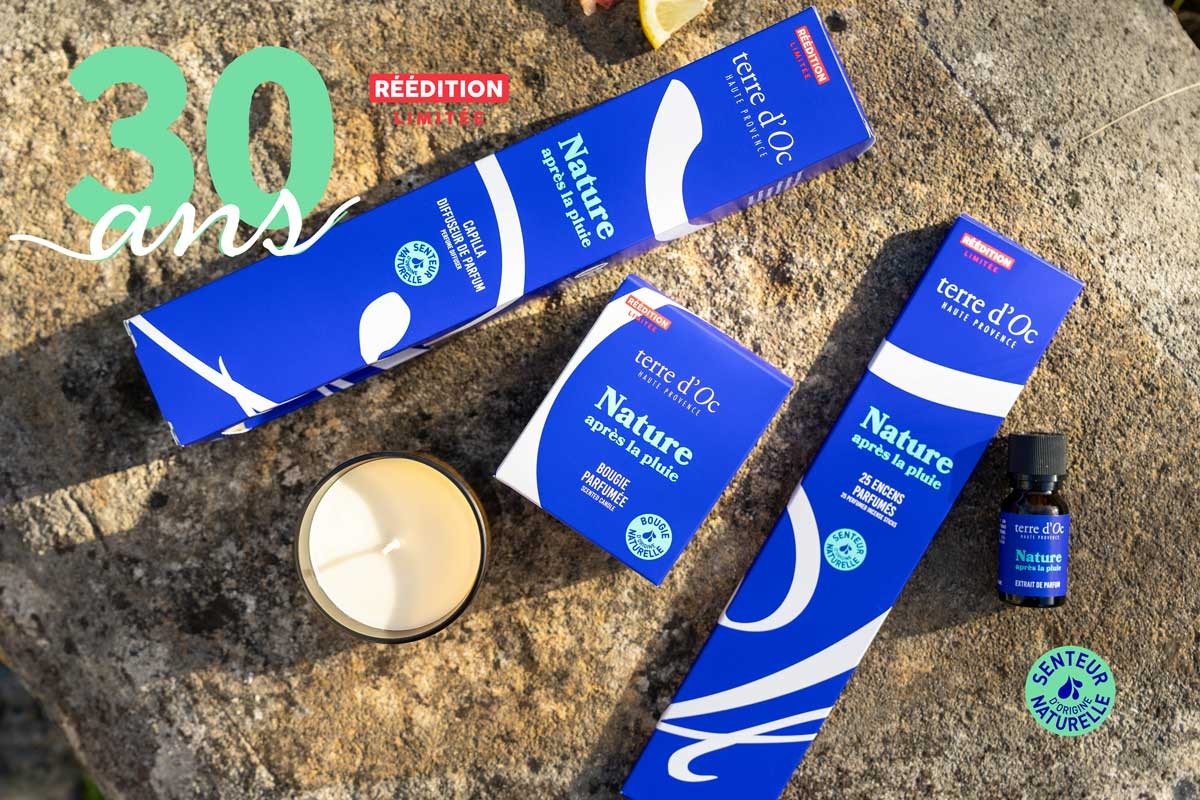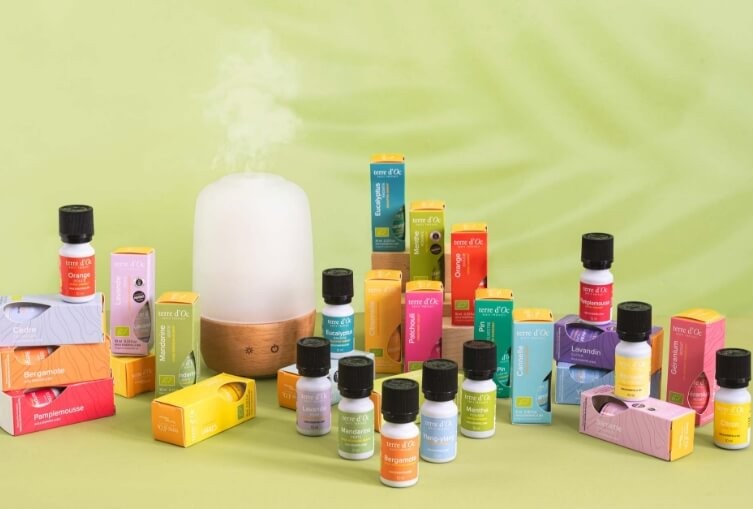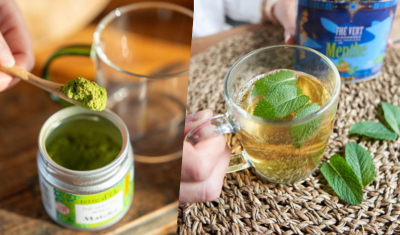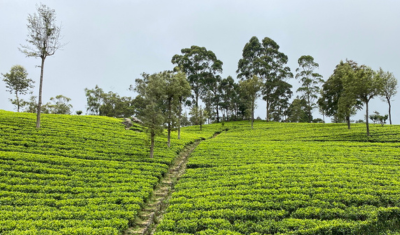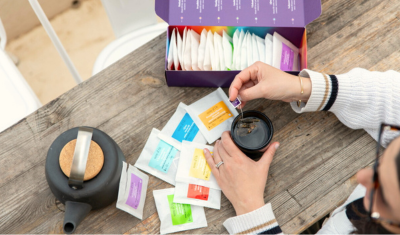Free delivery on purchases over €49 !
-
< Back
-
- Tea and infusion
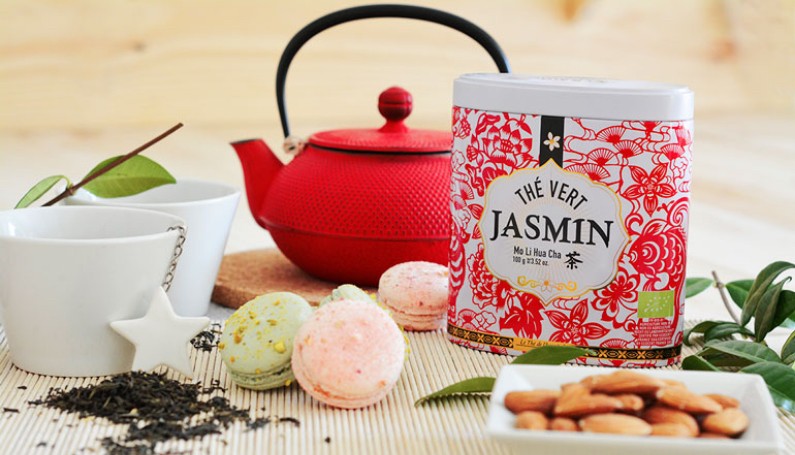
The secret of jasmine-scented tea (Mo Li Hua Cha)
In China, jasmine tea (Mo Li Hua Cha) is said to be the oldest of the flower teas and to have been developed under the Song Dynasty (960-1279). Our Mo Li Hua Cha is made according to an age-old tradition; a layer of tea leaves is spread out on a tarpaulin, and on top of them a layer of jasmine flowers is added, followed by another layer of tea and then 30 to 40 cm of jasmine buds. The heat given off by the flowers packed between the layers of tea accelerates the opening of the buds which release all their perfumes. The flowers are then removed one by one by hand and the process is repeated 3 times with new, freshly picked buds. During the last operation all the buds are removed so as not to make the brew bitter. The tea contains neither flowers or added aromas, and this is a guarantee of quality!
The art of perfume...
The heady scent of the jasmine flower blended with the gentle tanginess of the green tea leaves gives a tea with a very delicate floral flavour.
A marvellous green tea with a subtle, refined scent of jasmine! Ideal at any time of day.
Fujian tea
The tender, juicy tea leaves are hand-picked at the end of the spring in the province of Fujian in the Tian Hu Shan range, at the top of mountains in enchanting, rocky and misty settings ("Tian Hu" means lake of the sky): an idyllic climate and land for tea trees.


A source of inspiration for the artwork
We used the Chinese technique of cut paper known as Jianzhi. This is an essentially feminine art. The art is handed down from mother to daughter during a long apprenticeship which starts in childhood, especially in rural areas. It enables the best artists to gain respect and admiration. The cutting of the paper serves to express moral principles, philosophies and aesthetic ideals. Nowadays, it is still a means of expressing emotions which is very much alive and is enjoying unprecedented renewed interest. This technique is listed in the UNESCO INTANGIBLE CULTURAL HERITAGE OF HUMANITY.


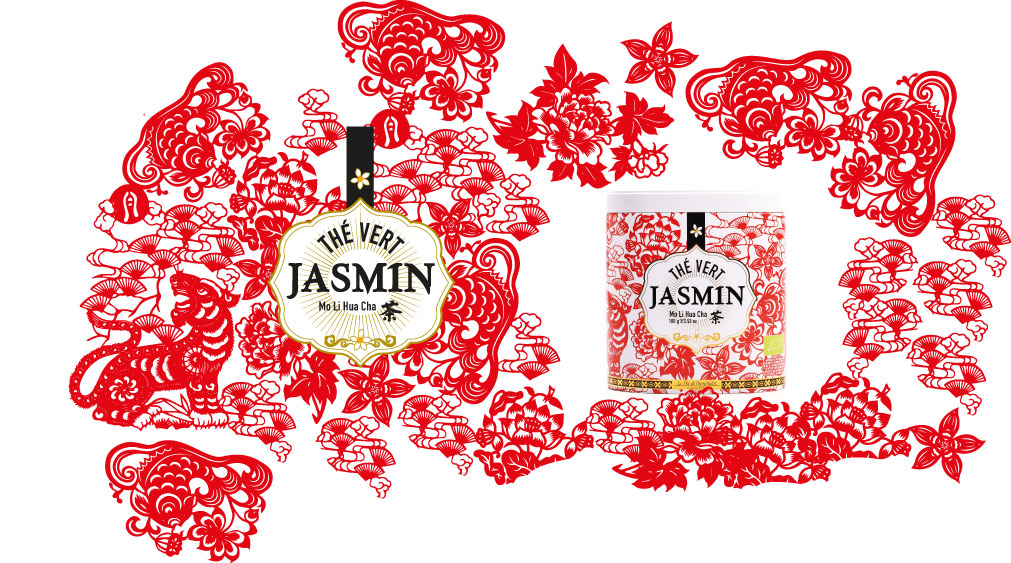
Related posts
-
![[fr-only]](https://www.terredoc.com/img/ybc_blog/post/thumb/IM-matcha-bio-japon.jpg) [fr-only]
Posted in: Tea time05 • 12 • 2019L’île de Kyushu à l’extrême Sud du Japon est considérée comme le berceau de la civilisation japonaise et du thé...Read more
[fr-only]
Posted in: Tea time05 • 12 • 2019L’île de Kyushu à l’extrême Sud du Japon est considérée comme le berceau de la civilisation japonaise et du thé...Read more -
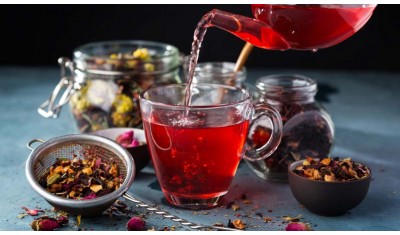 What are the benefits of tea?
Posted in: Tea time09 • 04 • 2020Used first as a medicinal plant, tea is now the most drunk beverage in the world after water.Read more
What are the benefits of tea?
Posted in: Tea time09 • 04 • 2020Used first as a medicinal plant, tea is now the most drunk beverage in the world after water.Read more -
![[fr-only]](https://www.terredoc.com/img/ybc_blog/post/thumb/©the5th-1474859569645-e0def92b02bc.jpg) [fr-only]
Posted in: Tea time20 • 04 • 2020Oui bien-sûr ! On peut boire du thé dans cette période où l’on se retrouve confiné à la maison, le thé est tellement...Read more
[fr-only]
Posted in: Tea time20 • 04 • 2020Oui bien-sûr ! On peut boire du thé dans cette période où l’on se retrouve confiné à la maison, le thé est tellement...Read more

